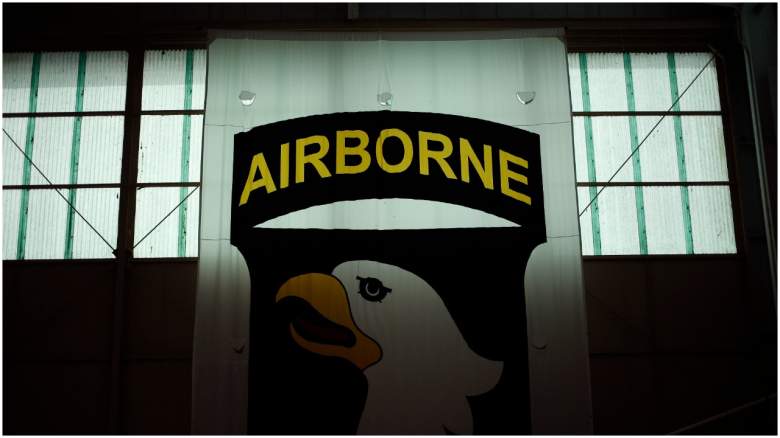
Two soldiers from the 101st Airborne Division’s 101st Combat Aviation Brigade were killed Friday night when their AH-64E Apache helicopter crashed at Fort Campbell, Kentucky. The crew was conducting routine training at the time of the accident, officials said.
The Army identified the two soldiers as Chief Warrant Officer 3 Ryan Connolly, 37, an instructor pilot and pilot 28-year-old Warrant Officer James Casadona, a press release from the Army read.
The crash comes in the wake of five other crashes that claimed 14 lives since March 14.
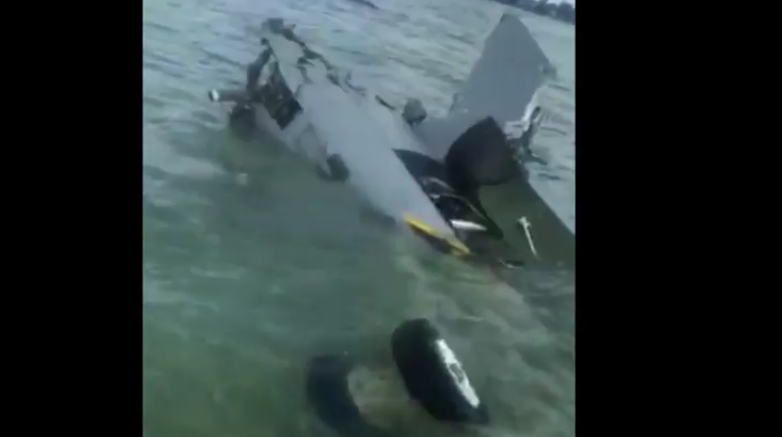
YouTube/Charles Meier screenshotFA 18 Super Hornet jet in water after Key West crash Wednesday that killed two aviators
On March 14, two Navy aviators were killed when their F/A-18F Super Hornet crashed into the Truman Harbor waters near Naval Air Station Key West on Boca Chica Key, the Navy said.
Witnesses described what appeared to be an explosion or fire in mid-air before the jet crash landed. Both aviators ejected from the craft.
The F/A-18F Super Hornet fighter jet, which crashed at 4:30 p.m., was from NAS Oceana in Virginia Beach on a training exercise.
Lt. Caleb King and Lt. Cmdr. Brice Johnson both perished in the Super Hornet crash. Johnson, a naval aviator and 2007 graduate of the U.S. Air Force Academy, was piloting the jet when the incident occurred while King, a 2012 U.S. Naval Academy graduate, was serving as the weapons systems operator.
The next day, on March 15, seven were killed when, during a routine transport flight, an HH-60 Pave Hawk crash-landed in western Iraq.
The Army said the crash did not result from enemy fire.
“This tragedy reminds us of the risks our men and women face every day in service of our nations. We are thinking of the loved ones of these service members today” Brig. Gen. Jonathan Braga, director of operations for Combined Joint Task Force-Operation Inherent Resolve said in a statement provided by CJTF-Operation Inherent Resolve Public Affairs Office.
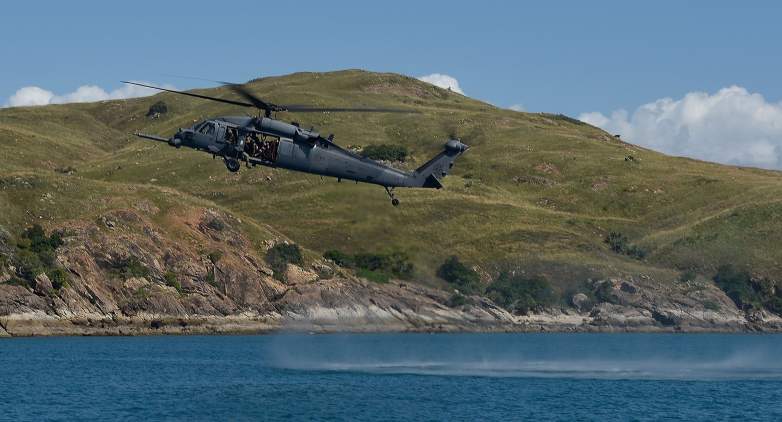
US HH 60 Pave Hawk helicopter
The aviators were deployed in support of Operation Inherent Resolve and belonged to three different units — the 38th Rescue Squadron at Moody Air Force Base, Georgia; the 106th Rescue Wing of the New York National Guard; and the Air Force Reserve’s 308th Rescue Squadron at Patrick Air Force Base, Florida.
Killed were Capt. Mark Weber, 29, of Colorado Springs, Colorado; Capt. Andreas O’Keeffe, 37, of Center Moriches, New York; Capt. Christopher Zanetis, 37, of Long Island City, New York; Master Sgt. Christopher Raguso, 39, of Commack, New York; Staff Sgt. Dashan Briggs, 30, of Port Jefferson Station, New York; Master Sgt. William Posch, 36, of Indialantic, Florida; and Staff Sgt. Carl Enis, 31, of Tallahassee, Florida.
Raguso and Zanetis were members of the FDNY.
On April 3 there were two crashes.
In the AV-8B Harrier crash in the East African country of Djibouti, a Marine pilot survived after ejecting.
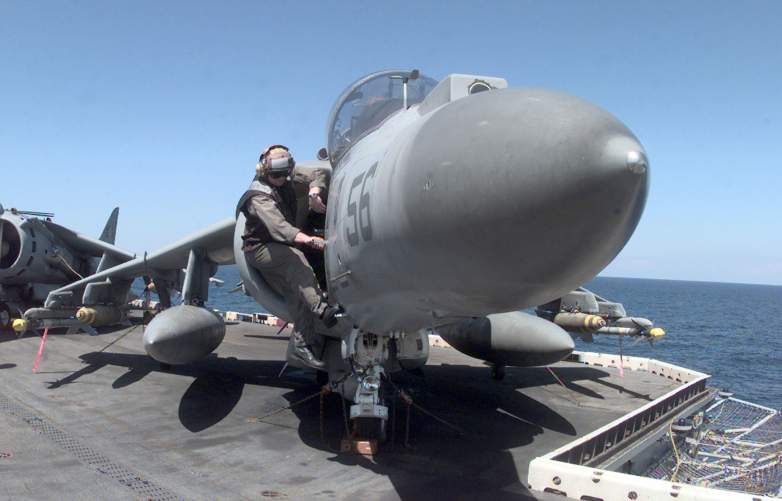
Marine Av-8B “Harrier”
Later that day, four crew were killed when a Super Stallion CH-53E helicopter went down during a training mission near El Centro, California. Capt. Samuel A. Schultz, 1st Lt. Samuel D. Phillips, Gunnery Sgt. Derik R. Holley, and Lance Cpl. Taylor J. Conrad died in the crash.
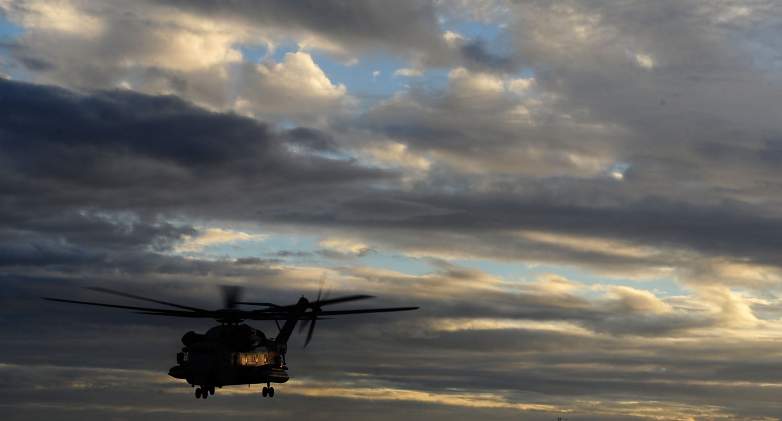
GettyA CH-53E Super Stallion helicopter takes off.
The following day, on April 4, an Air Force F-16 crashed close to Nellis Air Force Base, Nevada.
U.S. Air Force Air Demonstration Squadron Slot Pilot Thunderbird 4, Maj. Stephen Del Bagno, was killed “during a routine aerial demonstration training flight,” the Air Force said.
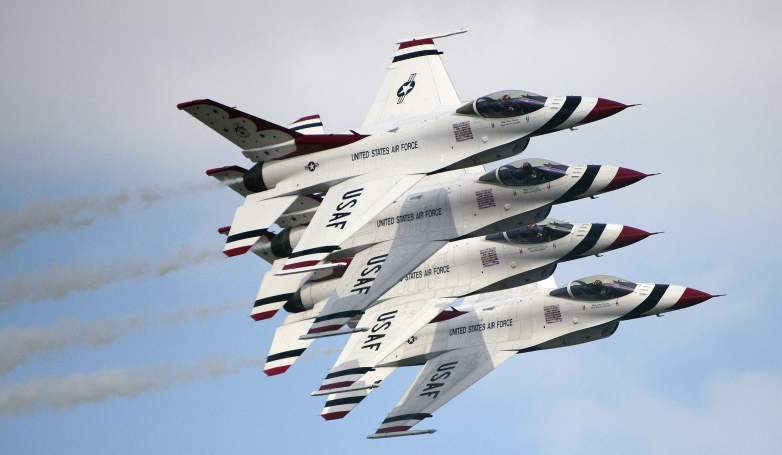
US Air Force F-16 Thunderbirds perform.
“We are mourning the loss of Major Del Bagno,” said Brig. Gen. Jeannie Leavitt, 57th Wing commander. “He was an integral part of our team and our hearts are heavy with his loss. We ask everyone to provide his family and friends the space to heal during this difficult time.”
All of the crashes are under investigation.
Following the the F/A-18F Super Hornet crash in the Florida Keys, the Associated Press reported the Pentagon agreed that “budget shortfalls have eroded military capabilities, including training and flight hours, but stopped short of blaming those cutbacks for the crash of a U.S. Navy fighter jet that killed both crew members.”
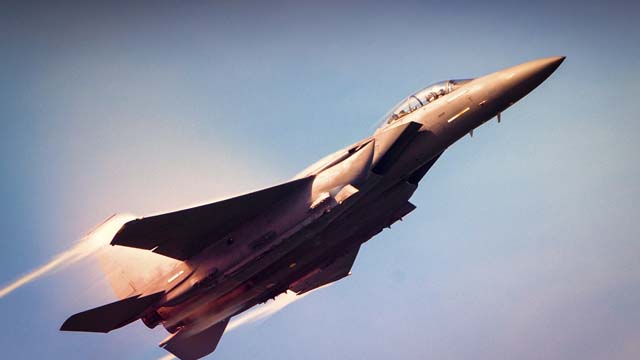
There have been 25 serious mishaps involving F/A-18 Super Hornets since 2008; two were killed in the Florida crash and two fatalities were in 2011. The AP reported all 25 were considered “Class A,” which means a crew member died or the plane suffered at least $2 million in damage.
A spokesperson for the Naval Safety Center, the AP said, couldn’t explain why the increase in accidents in 2017.